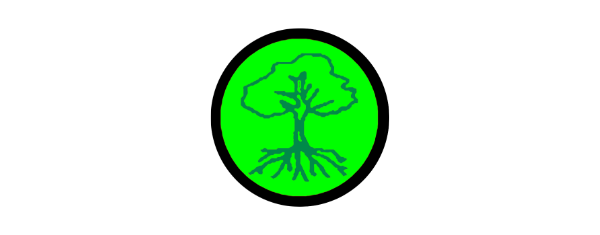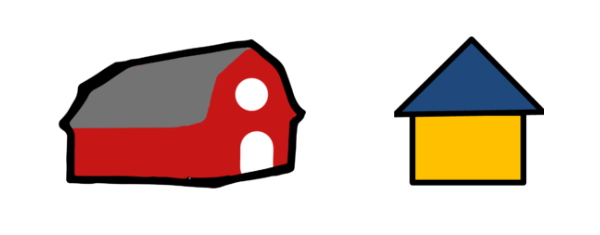RUVIVAL Making Of | Stop Motion Videos
You learn the RUVIVAL Stop Motion Video Production methods.
Making of: RUVIVAL Stop Motion Videos
RUVIVAL is a project within the Hamburg Open Online University (HOOU), which focuses on the development of e-learning materials on sustainable rural development. RUVIVAL has existed since 2016 with the aim of disseminating knowledge about sustainable techniques, especially in the field of water and soil protection.
The materials are produced together with master's students, doctoral students and/or researchers at the Institute of Wastewater Management and Water Protection (AWW) at Hamburg University of Technology (TUHH). A short animated video produced using the stop-motion technique provides an introduction to each topic.
What are stop-motion videos and why are they so important for RUVIVAL?
Stop motion is a visual storytelling technique that has been present in film-making for over a century. In fact, it is the first ever animation technique. It creates an illusion of movement by playing a series of individual frames in a fast sequence. In stop motion, ideas are often conveyed by combining art, motion and metaphor.
In RUVIVAL, we use the stop motion technique to explain complex topics in a simple and descriptive visual manner, where language is not in the foreground. The particular style of our videos is called cut-out animation. This technique utilises flat materials, such as paper and fabrics, producing a 2D animation as a result. We focus on using small-scale handmade scenes and we have learned a few things along the way about creating a makeshift stop motion studio. All images used in the RUVIVAL stop motion videos are hand drawn by our collaborators, just as all sound effects are available in the public domain.
Something very important to us is that our videos reach a worldwide audience. Part of our concept is to choose an iconography speaking to an audience of diverse backgrounds by being abstract. Therefore, to use an imagery and symbol language as general as possible. This can be seen especially in the people characters in our videos, which we make in a universal way, without representing and reproducing gender, ethnical or even racial stereotypes making it also easier for the viewer to identity themselves with the situations. An example of our images can be seen below.
In these past years, we have also learned that it is not only people characters which make a video universal. For example, in our first videos, houses and farms were drawn resembling a U.S. farm house architecture, a detail we corrected for the newer videos by using more abstract forms as it can be seen in the image below.
Additionally, we also avoid using text in the videos, as we want people from all over the world to be able to understand them in a visual non textual way. Therefore, we had to find our own picture language for certain reoccurring concepts, for example, we developed the picture below to show ecological benefits. This step into a more non-textual picture language is also an advantage considering future translations, as one video can be easily used for several languages. For clarity, the audio is recorded by a professional native speaker.


